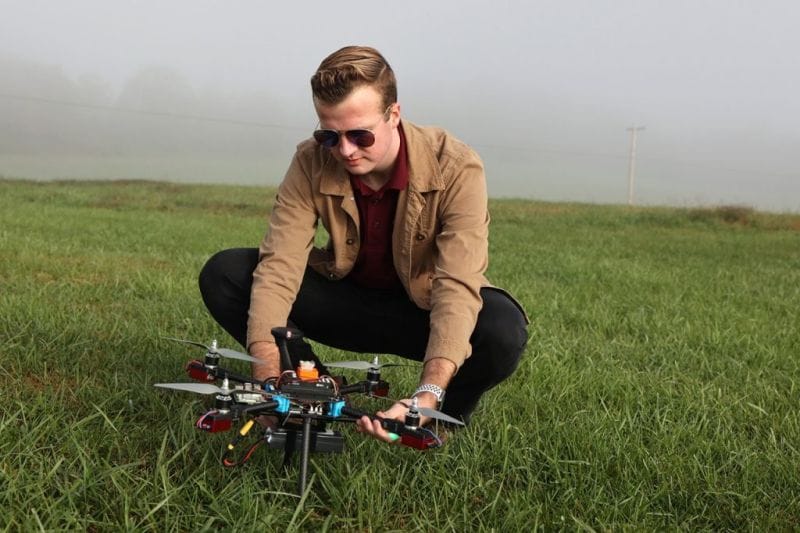RSS feed source: Federal Emergency Management Agency
AUSTIN, Texas – Disaster assistance is now available to eligible survivors in Kerr County affected by the severe storms, straight-line winds and flooding that began July 2, 2025.
Under Individual Assistance, FEMA and the State may be able to provide several types of financial and direct assistance to individuals and families. Assistance may include funding for residents and non-residents in Kerr County who sustained damage. For example, non-residents may include out-of-state survivors who may have been visiting or staying in Kerr County at the time of the disaster.
Survivors may be eligible for:
Other Needs Assistance (ONA)Medical/Dental: Money to help cover expenses related to disaster-caused injuries or illnesses. This funding can also be used to help replace medical/dental equipment, breastfeeding equipment or prescribed medicine damaged or lost due to disaster. (Also available to non-residents)Transportation: Money to repair or replace a vehicle damaged by the disaster when you don’t have another vehicle to use. (Also available to non-residents)Funeral Expenses: Money for eligible disaster-caused funeral expenses such as cost of transfer of remains, casket or urn, funeral services, death certificates, burial plot, cremation, interment, cost of reinterment if disinterment is caused by the disaster, and/or occurs in a family cemetery on private property. (Also available to non-residents)Displacement: Money for housing needs if you cannot return to your home because of the disaster.Serious Needs Assistance: Money for essential items
Click this link to continue reading the article on the source website.

